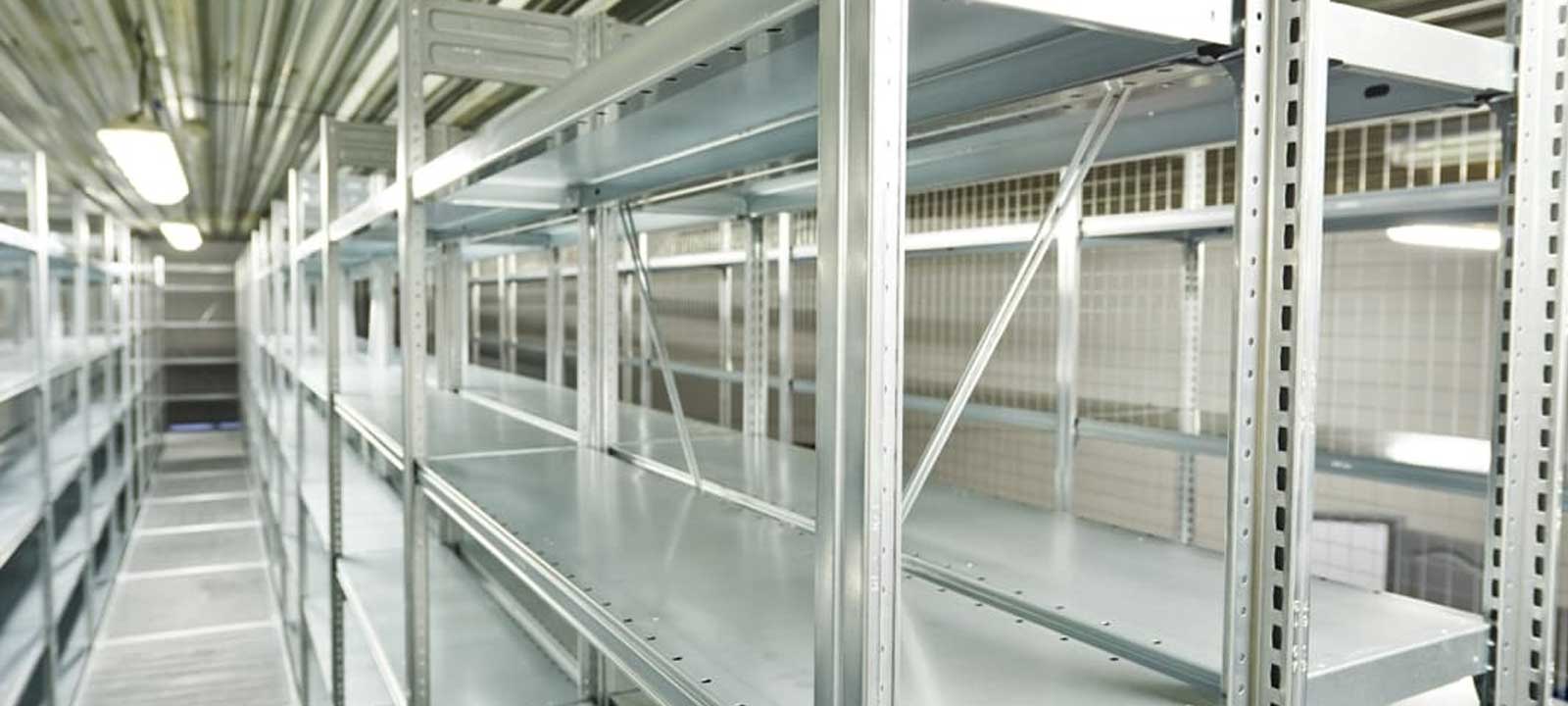Summary:
Is your business considering converting its microfilm and microfiche to digital files? Streamline the digitization process with these three recommendations:
- Assess the Condition and Filing System: Evaluate the current state and organization of your microfiche and microfilm process.
- Understand Volume, Timing, and Cost: Estimate your project’s volume and budget first.
- Choose the Right Partner: Select a vendor experienced in microfilm and microfiche digitization with proper infrastructure, trained staff, and a solid risk mitigation strategy.
Businesses and organizations in all types of industries have widely used microfiche and microfilm for decades. These mediums were developed to capture volumes of important information, data, and documents with a minimal physical footprint. And although today, microfiche and microfilm might seem like archaic methods to store important information, it wasn’t too long ago that it was a widespread and suitable option.
Most companies have moved towards digital storage at this point, but what happens to the data stored on microfiche and microfilm? Key information regarding customer history can either remain locked in this degradable medium or you can digitize microfilm and microfiche to transform your historical data into usable business insights.
Let’s say your organization has determined the ROI and benefits of digitizing volumes of microfiche and microfilm jackets. What’s next? We have compiled 3 key considerations when planning your microfiche and microfilm digitization project.
Assess the current condition and filing system of your microfiche and microfilm:
Microfiche and microfilm should be properly stored within an environmentally controlled setting. Unfortunately, the reality is that microfiche and microfilm storage conditions aren’t always ideal. Degradation over time is a common concern for any company currently utilizing this medium. Anyone who has used microfiche or microfilm is likely familiar with the term “vinegar syndrome.” The vinegar smell is a clue that a chemical reaction has started, and a material breakdown has likely begun. You’ll need to determine how to slow the reaction process and/or transition your data to another medium. Damage cannot necessarily be reversed, but a vendor expert will have the software and know how to repair damaged microfilm and microfiche to the best of their ability.
It’s also important to assess the current filing system of your microfiche and microfilm. Of course, easy-to-follow and consistent filing systems make a difference in how fast your project can move along. Additional, manual review and re-filing will be necessary if the existing filing system is more complex or is, overall, unorganized.
Understand the relationship between volume, timing, and cost:
The typical request — “How much does it cost to digitize microfiche cards?” — doesn’t come with a typical answer. To best gauge cost, we start by asking questions like — “How urgently do you need the conversion completed?”, “Can you provide an average number of fiche and the average number of fiche per jacket?” and “What is your allocated project budget?”
Once you have estimated your volume and determined your budget, don’t be afraid to get creative and shift the pieces around to get the outcome you need.
Here’s an example: You have roughly 1M pieces of fiche to convert. Depending on your timing and budget, a reputable bulk document scanning partner should be able to provide reasonable options such as those listed below:
Full backfile conversion over a fixed timeline:
This approach works when you have the budget and an established timeline to digitize all of your microfilm and microfiche. You set a start date, calculate an end date, agree on a total project cost and get your files to the vendor’s facility so they can get to work. If, while the files are with the vendor being digitized, your team needs access to a specific record, you can still get that data quickly. Enter scan-on-demand. With scan-on-demand, your team members can request a digital version of any microfiche or microfilm image that has not yet been scanned and indexed. The vendor can digitize specific files requested and deliver within a day or two — or quicker if agreed upon. Ask your vendor if their team works multiple shifts throughout the day and if they typically respond to client requests on the weekends. Your scanning partner should always have a clear plan in place to get you the information you need within a reasonable timeframe.
Phased approach to budget and delivery over a fixed — but longer-term — timeline:
Let’s say you secure a smaller monthly project budget that enables your entire inventory to be scanned over a few years instead of allocating a larger spend to get it done in a few months. A good vendor partner can help you incur the conversion cost of large-scale digitization efforts in shorter- or longer-term timeframes in a way that accommodates your specific goals and needs. This option is also supported by a scan-on-demand setup until the entire backfile is completed.
Select a group of active files and digitize with a scan-on-demand setup:
With this approach, you would send your entire backfile to the vendor so they can begin digitizing the active records only. All remaining microfiche and microfilm are stored securely and retrieved as needed using scan-on-demand. When choosing this option, your project does not have a specific end date. But your records are stored securely, and your microfiche and microfilm files can be retrieved, digitized, and delivered to your team as needed almost indefinitely.
Outsourcing the access, retrieval, and processing:
This option allows you to store your microfilm and microfiche in a vendor’s facility and only request files if and when you need them — again, through scan-on-demand. Outsourcing the access, retrieval and processing is good for businesses that want to keep their microfiche and microfilm accessible without having to maintain any in-house equipment, personnel, etc. to support the retrieval of those documents.
With many companies converting their on-site teams into a remote workforce, any of the options above will reduce the storage space requirements within your offices or place of business. Once your records are transported to a vendor partner, you can repurpose the square footage previously used for storage, or perhaps eliminate it to save costs.
Whatever the approach, the goal is to protect your customers’ dataand your business’s historical archives currently stored in an antiquated — and degrading — medium. Docufree can help you do just that.
Choosing the right partner is vital:
If you’re leaning towards outsourcing and believe digitizing microfiche and microfilm is best left to the experts, now is the time to identify a vendor specifically experienced in efficiently converting this medium. Ensure your partner has the physical infrastructure to protect your microfiche and microfilm from damage and/or loss while it’s at their facility. The staff should also be formally trained on handling any private and sensitive data. At Docufree, an ongoing training program ensures this level of compliance.
Before signing on the dotted line, ask your partner for references and case studies that demonstrate successful microfilm and microfiche conversion projects. Understand their risk mitigation strategy and business continuity plan in the case of an equipment malfunction or failure, or if an emergency or government-imposed shut-down should occur. Even better if your business partner has been deemed an essential provider of services and can continue to operate despite restrictions. The adage, “Failure to plan is planning to fail” couldn’t be truer in today’s business climate.
In the wake of the pandemic, cost reduction efforts in your organization may have delayed any microfiche and microfilm digitization plans — or perhaps any plans have been put on hold indefinitely.
The risk in pausing or delaying microfiche or microfilm digitization projects is that they may never re-emerge into the strategic priority mix. Every day that data remains locked in microfilm and microfiche jackets is one more day your business risks losing invaluable customer data and documents due to physical deterioration, damage, or destruction.
I encourage you to reach out to a seasoned vendor partner like Docufree to get started. We can provide a microfiche and/or microfilm digitization quote for your business and implement a collaborative conversion plan that works within your timeline, goals, and budget.




